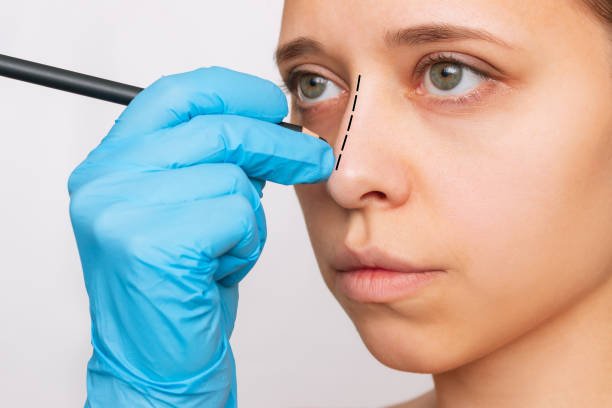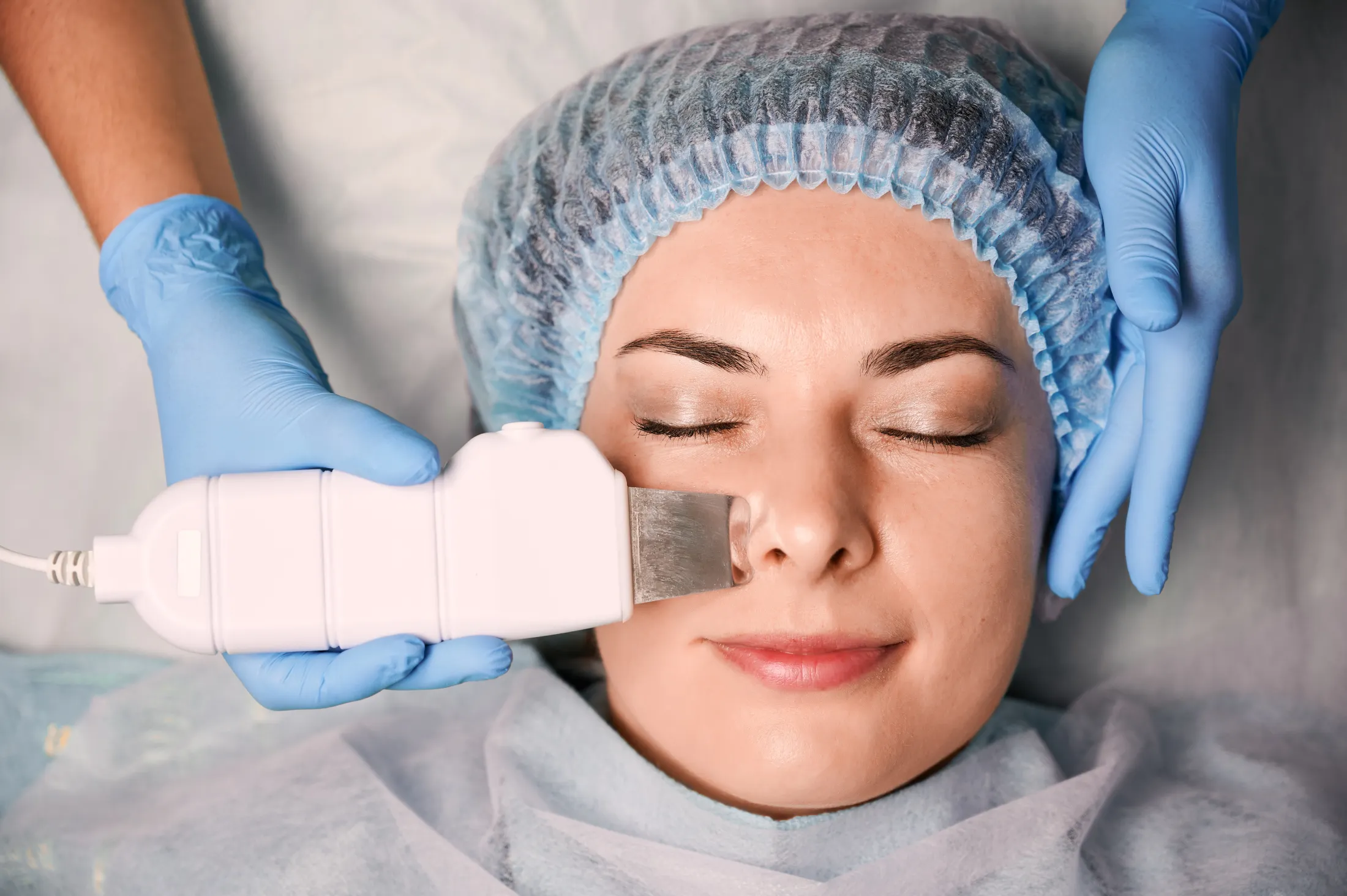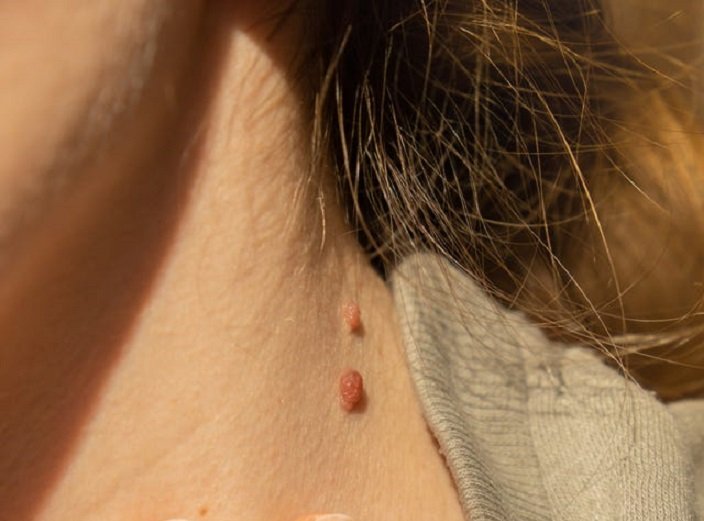Liposuction has long been a go-to procedure for individuals seeking to reshape and contour their bodies. Over the years, it has evolved dramatically, thanks to technological advancements that have made the procedure safer, more effective, and minimally invasive. Whether you’re considering lipo as a way to eliminate stubborn fat or as a means of achieving a more sculpted physique, it’s crucial to understand the modern approach to this cosmetic surgery.
This guest post aims to uncover the latest trends, techniques, benefits, and potential risks associated with liposuction(شفط الدهون). Let’s dive into how lipoplasty has transformed over the years and what the modern approach entails.
What is Liposuction?
Lipo, also known as lipoplasty, is a cosmetic surgical procedure that removes fat from the body to improve its shape and contour. Unlike traditional weight loss methods like dieting or exercise, lipo targets localized fat deposits that are resistant to lifestyle changes. It’s important to note that lipoplasty isn’t a solution for weight loss; rather, it’s designed to sculpt and define areas of the body that need enhancement.
Modern lipoplasty Techniques: A Revolution in Fat Removal
In the past, lipoplasty involved a more invasive procedure with significant downtime. However, the emergence of new technologies has redefined liposuction, making it safer, more precise, and less painful. The modern approach to lipo incorporates several advanced techniques that cater to different patient needs.
1. Traditional Liposuction: The Foundation of Fat Removal
While new technologies have emerged, traditional lipoplasty remains a widely performed procedure. It involves making small incisions in the skin, through which a cannula (a thin tube) is inserted. The cannula is used to break up fat cells, which are then suctioned out of the body. Traditional liposuction is effective for larger areas and can remove significant amounts of fat.
Pros of Traditional Liposuction:
- Effective for larger fat removal.
- Proven technique with predictable results.
- Provides permanent results if combined with a healthy lifestyle.
Cons:
- Requires general anesthesia.
- Longer recovery period.
- More extensive downtime due to larger incisions.
2. Tumescent lipoplasty: A Safer, Less Painful Approach
Tumescent lipoplasty involves injecting a solution of saline, lidocaine (a local anesthetic), and epinephrine (to constrict blood vessels) into the target area. This solution helps numb the area, making the procedure less painful and reducing the risk of complications. It also makes fat removal easier by liquefying the fat, which can be suctioned out more efficiently.
Pros of Tumescent lipoplasty:
- Local anesthesia reduces risks associated with general anesthesia.
- Less pain and swelling during recovery.
- Shorter recovery time compared to traditional lipoplasty.
Cons:
- More time-consuming than traditional lipoplasty.
- Not suitable for larger fat removal.
3. Laser-Assisted Liposuction (SmartLipo): Fat Removal with Heat
Laser-assisted lipoplasty, also known as SmartLipo, uses a laser to liquefy fat before it’s suctioned out. The laser also helps to tighten the skin in the treated areas, providing an additional benefit of smoother and firmer skin post-procedure. This method is ideal for smaller fat deposits and is commonly used on areas like the chin, neck, and arms.
Pros of Laser-Assisted Liposuction:
- Skin tightening benefits due to the laser energy.
- Minimally invasive with small incisions.
- Reduced risk of bleeding and bruising.
Cons:
- Less effective for larger fat deposits.
- Requires specialized equipment and expertise.
4. Ultrasound-Assisted Liposuction (VASER Liposuction): Precision Fat Removal
VASER liposuction uses ultrasound energy to break up fat cells before they are suctioned out. This technique is known for its precision, allowing surgeons to target specific areas of fat while minimizing damage to surrounding tissues. VASER lipoplasty is particularly useful for men and women seeking high-definition body contouring.
Pros of VASERlipoplasty:
- Precision in fat removal, ideal for detailed body sculpting.
- Reduced trauma to surrounding tissues, leading to quicker recovery.
- Suitable for larger areas and high-definition results.
Cons:
- More expensive than traditional lipoplasty.
- May require additional treatment sessions for optimal results.
5. Power-Assisted Liposuction (PAL): Enhanced Fat Removal with Speed
Power-assisted liposuction (PAL) uses a vibrating cannula to break up fat cells and make the suction process easier. The vibration allows for quicker fat removal and reduces the amount of force needed by the surgeon. This technique is highly effective for areas with denser fat, such as the abdomen or thighs.
Pros of Power-Assisted Liposuction:
- Faster fat removal.
- More efficient than traditional liposuction.
- Less invasive with reduced bruising and swelling.
Cons:
- Requires a higher level of expertise from the surgeon.
- May not be suitable for all types of fat.
6. Cryolipolysis (CoolSculpting): Freezing Away Fat
CoolSculpting, a non-invasive alternative to traditional liposuction, involves freezing fat cells in specific areas of the body. The cold temperature destroys fat cells, which are naturally eliminated by the body over time. It’s ideal for people who want to eliminate small areas of stubborn fat without undergoing surgery.
Pros of CoolSculpting:
- No downtime or recovery.
- Non-invasive and painless.
- Gradual, natural-looking results.
Cons:
- Results are not immediate; may take weeks to see full effects.
- Not effective for larger fat deposits.
Benefits of Modern Liposuction
The modern approach to liposuction has many advantages that make it a highly sought-after procedure for body contouring:
- Precision: Advanced liposuction techniques allow for more precise fat removal, ensuring smoother, more natural-looking results.
- Minimal Downtime: With less invasive methods like laser-assisted and ultrasound-assisted liposuction, patients experience quicker recovery times.
- Skin Tightening: Many modern liposuction procedures, such as SmartLipo and VASER liposuction, also provide skin-tightening benefits, leaving the skin looking firmer and more youthful.
- Less Pain: With improved anesthetics and less invasive techniques, modern liposuction is less painful compared to older methods, reducing the need for heavy pain management.
- Long-Lasting Results: Liposuction offers permanent results as long as the patient maintains a healthy lifestyle post-procedure. Fat cells that are remove don’t return, ensuring long-term body contouring.
Risks and Considerations
As with any surgical procedure, liposuction carries some risks, including:
- Infection: Though rare, infection is possible after liposuction if proper aftercare isn’t follow.
- Scarring: While incisions for liposuction are small, some scarring may occur. However, modern techniques aim to minimize visible scars.
- Asymmetry or Irregular Contours: In some cases, patients may notice uneven results, which could require revision surgery.
- Complications with Anesthesia: Risks associated with general anesthesia are rare, but they do exist. Patients should discuss their health history with their surgeon beforehand.
It’s essential for individuals considering liposuction to have realistic expectations and choose a board-certified cosmetic surgeon who specializes in body contouring.
FAQs About Liposuction
1. Is liposuction a weight loss solution?
No, liposuction is not designed for weight loss. It is intend for body contouring and eliminating stubborn fat in specific areas that don’t respond to diet and exercise.
2. How long is the recovery period for liposuction?
Recovery time varies depending on the type of liposuction and the area treated. In general, patients can return to normal activities within a few days to a week, with full recovery taking 2 to 4 weeks.
3. Will the fat return after liposuction?
Fat cells that are remove during lipo do not regenerate. However, if you gain weight after the procedure, the remaining fat cells can enlarge, which may affect your results.
4. How much fat can be safely removed during liposuction?
The American Society of Plastic Surgeons recommends that no more than about 5 liters (approximately 11 pounds) of fat be remove during a single lipo session to minimize risks.
5. Can liposuction be combined with other procedures?
Yes, lipoplasty can be combine with other body contouring procedures such as tummy tucks, breast lifts, or facelifts to achieve comprehensive results. Be sure to discuss your goals with your surgeon.
6. What areas of the body can liposuction treat?
lipoplasty can treat areas like the abdomen, thighs, hips, arms, back, flanks, chin, and neck, among others. The best areas to treat depend on your personal goals and body type.
Conclusion!
Liposuction has come a long way from its early days, with modern techniques providing more efficient, precise, and safer ways to sculpt the body. Whether you choose traditional lipoplasty, laser-assisted methods, or non-invasive fat reduction, the advancements in this field make it easier for patients to achieve their desired body shape with minimal risks and downtime. However, it is essential to consult with a certified surgeon to discuss your goals and determine the best approach for your needs.
















Leave a Reply